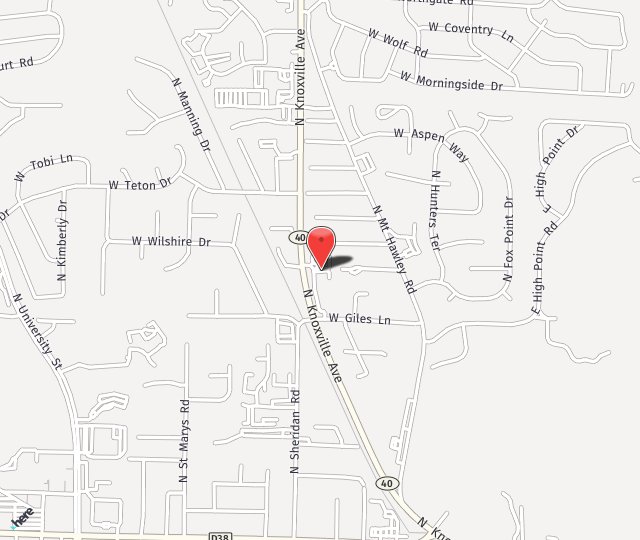 Contact lenses have revolutionized the way we correct vision. Offering a convenient alternative to glasses, contacts provide users with the freedom of unencumbered sight. However, despite their benefits, contact lenses come with potential risks if not used or maintained properly. In this blog post, we will explore the possible dangers of contact lenses, what causes harm, and how to mitigate these risks.
Contact lenses have revolutionized the way we correct vision. Offering a convenient alternative to glasses, contacts provide users with the freedom of unencumbered sight. However, despite their benefits, contact lenses come with potential risks if not used or maintained properly. In this blog post, we will explore the possible dangers of contact lenses, what causes harm, and how to mitigate these risks.
The Risks of Wearing Contact Lenses
While contact lenses are considered safe when used correctly, improper handling or misuse can lead to a range of eye health issues, some of which can be serious. The common risks associated with contact lens wear include:
- Eye Irritation: This can range from mild discomfort to significant pain, often due to improper lens hygiene.
- Blurry Vision: An early sign that something is wrong with your lenses or eye health.
- Infections: Bacterial, viral, and fungal infections can occur, particularly if lenses are worn for too long or not cleaned properly.
- Corneal Ulcers: Open sores on the cornea that can cause vision loss.
- Keratitis: An inflammation of the cornea that can lead to serious complications, including blindness.
These complications often arise due to poor hygiene, improper usage, or wearing contacts for too long, especially while sleeping.
Eye Infections and Corneal Ulcers
One of the most significant risks of wearing contact lenses is developing an infection. According to the FDA, contact lens wearers are at risk for several serious conditions, including keratitis and corneal ulcers. Keratitis occurs when the cornea becomes inflamed due to an infection caused by bacteria, fungi, viruses, or parasites. This infection can be dangerous, potentially leading to blindness if not treated promptly.
Infections can also lead to corneal ulcers, which are open sores on the cornea. If left untreated, ulcers can leave permanent scars, requiring a corneal transplant in extreme cases.
To minimize the risk of infections and ulcers:
- Always clean and disinfect your lenses according to your eye care professional’s instructions.
- Never expose your lenses to any type of water, as it can harbor harmful organisms.
- Avoid sleeping in contact lenses unless they are specifically designed for overnight wear.
Sleeping in Contact Lenses: A Major Risk Factor
One of the most common and avoidable risks associated with contact lenses is sleeping in them. Many contact lens wearers admit to falling asleep in their lenses, either by accident or due to convenience. However, this can be incredibly harmful, especially if your lenses are not designed for overnight use.
The CDC reports that sleeping in contact lenses significantly increases the likelihood of developing infections, including infectious keratitis. This condition can cause severe pain, redness, blurry vision, and in some cases, permanent vision loss.
A 2018 report highlighted several alarming cases of individuals who suffered from serious infections after wearing contact lenses while sleeping:
- A man who left his contacts in during a hunting trip developed a corneal infection that required prolonged antibiotic treatment.
- A woman who wore her contacts longer than recommended and didn’t visit an eye doctor for years developed infectious keratitis, leading to sharp eye pain.
- Another individual who wore their lenses for two straight weeks developed infections in both eyes, eventually requiring a corneal transplant.
These incidents are rare but serious. The key takeaway is that if your lenses are not designed for extended wear, never sleep in them. Even extended-wear lenses are safer when removed before bed.
Proper Contact Lens Hygiene
Maintaining good contact lens hygiene is crucial for preventing infections and other complications. Here are essential tips for safe contact lens use:
- Always wash your hands: Clean hands prevent germs from transferring to your lenses and eyes.
- Clean your lenses properly: Follow your eye doctor’s instructions for cleaning and disinfecting your lenses.
- Replace your lens case regularly: Cases should be cleaned and dried between uses and replaced every three months.
- Avoid water exposure: Never let your lenses come into contact with tap, bottled, or distilled water. Water can introduce harmful bacteria and parasites to your eyes, leading to conditions like Acanthamoeba keratitis.
- Replace your lenses as recommended: Whether daily, weekly, or monthly, don’t exceed the recommended time for wearing your lenses.
- Don’t “top off” your cleaning solution: Always use fresh contact lens solution. Reusing old solution can reduce its effectiveness and increase the risk of infection.
By adhering to these guidelines, you can significantly reduce the likelihood of developing serious eye problems.
Colored Contact Lenses: Added Risk for Fashion Lenses
While colored or decorative contact lenses can be fun for changing your eye color or enhancing your appearance for special occasions, non-prescription lenses carry their own set of risks. These lenses, often sold in convenience stores or online without a prescription, can lead to corneal abrasions, infections, and even chemical toxicity from harmful dyes used in the lenses.
A study mentioned in the American Academy of Ophthalmology warns that people who wear non-prescription colored contacts are 16 times more likely to develop keratitis than those who wear regular, prescription lenses. Furthermore, chemicals used in the manufacturing of these decorative lenses can seep into your eye, leading to potentially permanent vision damage.
To avoid complications, always purchase contact lenses, including colored ones, from a licensed eye care provider.
Warning Signs: When to Seek Help
It’s important to be aware of warning signs that indicate you should stop wearing your contacts and seek professional help immediately. Symptoms that warrant concern include:
- Persistent redness or eye irritation
- Unexplained pain in or around the eyes
- Blurry vision or increased sensitivity to light
- Discharge or unusual watery eyes
- Swelling around the eye area
If you experience any of these symptoms, remove your contact lenses immediately and consult with your eye doctor. Infections or complications can worsen quickly, and timely intervention can prevent long-term damage.
Conclusion: Best Practices for Safe Contact Lens Use
While contact lenses provide immense convenience and clear vision, their improper use can result in serious harm to your eyes. To ensure safe contact lens wear:
- Follow hygiene protocols: Clean your lenses and hands thoroughly before handling.
- Avoid water contact: Water is a major source of harmful microorganisms.
- Don’t sleep in your contacts: Unless specifically designed for overnight wear, remove your lenses before sleeping.
- Replace your lenses and cases regularly: Overuse increases the risk of infection.
- Purchase lenses from a licensed provider: This ensures that the lenses are safe and approved by regulatory bodies.
By taking these precautions, you can continue to enjoy the benefits of contact lenses without compromising your eye health. Remember, your vision is irreplaceable, and proper contact lens care is essential for preserving it.


